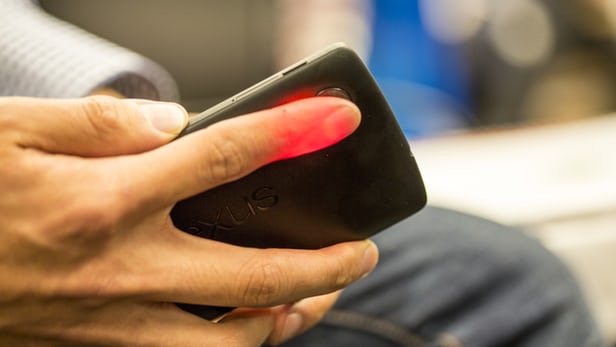Taking a simple blood test is very easy in the developed part of the world, but not quite for the third world countries. Blood tests are needed for a variety of diagnoses, e.g. hepatitis, diabetes, and overall health picture. Similarly, it is also needed to diagnose anaemia, which is a condition that causes a low red blood cell count in the blood, causing iron deficiency. In much of the world, a straightforward blood sample can be used to gauge haemoglobin levels but believe it or not, there still are some places where this facility is non-existent. And timely diagnoses is very crucial to avoiding dangerous complications like severe fatigue, heart problems and even death.
Given this problem, and keeping in mind the widespread usage and versatility of the smartphones, scientists at the University of Washington made a very useful tool using a smartphone and its back camera. They have devised an application which uses a non-invasive, screening tool to gauge the level of haemoglobin, and thus the red blood cells in a person’s blood. The application is very versatile and multi purpose, and has the potential to be a game-changer in the world of medicine.
Edward Wang, an electrical engineering doctoral student at the University of Washington (UW), said in an interview, “In developing countries, community health workers have so much specialised equipment to monitor different conditions that they literally have whole bags full of devices. We are trying to make these screening tools work on one ubiquitous platform – a smartphone.”
So a team of electrical engineers and computer scientists led by Wang successfully created an app called “HemaApp”. The app uses a smartphone’s flash to blast the patient’s finger with a light of changing frequencies and wavelengths. The camera is then used to capture the colour of the glowing fingertip, and these pictures are used to match the database to judge the level of haemoglobin in the blood. The fact that blood plasma and haemoglobin absorb light at different wavelengths is utilised to assesd the colour of the finger using special algorithms.
The app was used in a trial with 31 patients, and it was found to have a 69 percent correlation to the patient’s blood test. This percentage is considered to be the gold standard for accuracy in terms of medical tests, which proved the viability of the app. The researchers also its performance with additional light sources involving the infrared and multi-color LED capabilities, and the correlation accuracy rose to a very impressive 82 percent.
The researchers iterate that HemaApp is not ready to be used as a replacement for blood testing, but it can reliably be used as an early screening tool for anaemia.
Co-author of the paper, Doug Hawkins, a UW Medicine, paediatric cancer specialist at Seattle Children’s Hospital and Seattle Cancer Care Alliance said, “Anemia is one of the most common problems affecting adults and children worldwide. The ability to screen quickly with a smartphone-based test could be a huge improvement to delivering care in limited-resource environments.”
The team is working tirelessly to test the bugs out of the application, and to gather data for boosting its accuracy and expanding its uses for specific blood disorders detection related to low haemoglobin levels.
You can read all the details of the technology here, and you can see how the app works in the video below.
Would you trust this app for your blood screening tests instead of the conventional procedures? Comment below!

